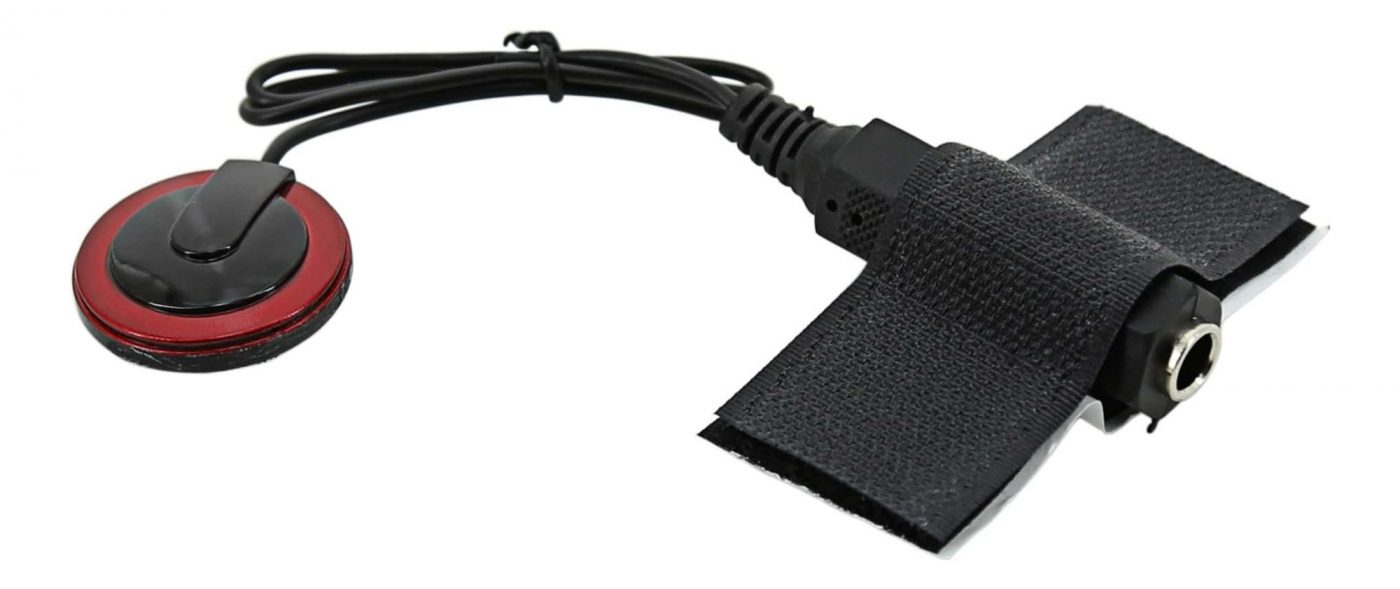Audio Equipment Guides, Creative Soundscapes, Sound Design and Production
Creative Applications of Contact Microphones in Sound Design and Music Production
Capturing Unique Sounds for Sound Design
Contact microphones open up a world of unique and unconventional sounds that can be used to create truly distinctive soundscapes in your projects. By attaching a contact mic to various objects and materials, you can capture their resonant frequencies and textures, from the delicate tapping of water droplets on a windowpane to the haunting vibrations of a metal fence in the wind.
Enhancing Drum Recordings with Contact Mics
Drums can benefit greatly from the addition of contact mics, especially when it comes to capturing the low-end frequencies of kick drums or the body resonance of toms. By attaching a contact mic directly to the drum shell, you can capture the nuances of the instrument’s vibrations, adding depth and character to your drum recordings.
Experimenting with Prepared Instruments and Sound Art Installations
Contact microphones allow you to experiment with prepared instruments and create sound art installations that push the boundaries of conventional music-making. For example, you can use contact mics to amplify the vibrations of a piano’s strings after they’ve been manipulated with objects like screws, paper clips, or rubber bands. This approach can yield fascinating and otherworldly sonic textures that add a unique element to your compositions.
Field Recording and Environmental Sound Exploration
Field recording enthusiasts can use contact microphones to explore the hidden sounds of the environment, such as the resonant frequencies of a bridge, the creaking of trees in a forest, or the subtle rumblings of an urban landscape. By attaching contact mics to various surfaces and structures, you can discover a wealth of uncharted sonic territory and incorporate these sounds into your projects.
Using Contact Mics in Live Performances and Interactive Installations
In live performance settings, contact microphones can be used to amplify unconventional sound sources or create interactive installations that respond to touch or movement. For example, you can attach contact mics to a dancer’s costume, allowing their movements to generate sound in real-time. Alternatively, you can create an interactive sound installation by connecting contact mics to various objects or surfaces, inviting audience members to explore the space and generate sound through their interactions.
With your DIY contact microphone in hand, the creative possibilities are virtually endless. Embrace the unique capabilities of contact mics and don’t be afraid to push the limits of what’s possible with audio recording. Whether you’re a sound designer, musician, or audio enthusiast, contact microphones offer a world of untapped sonic potential just waiting to be discovered.

